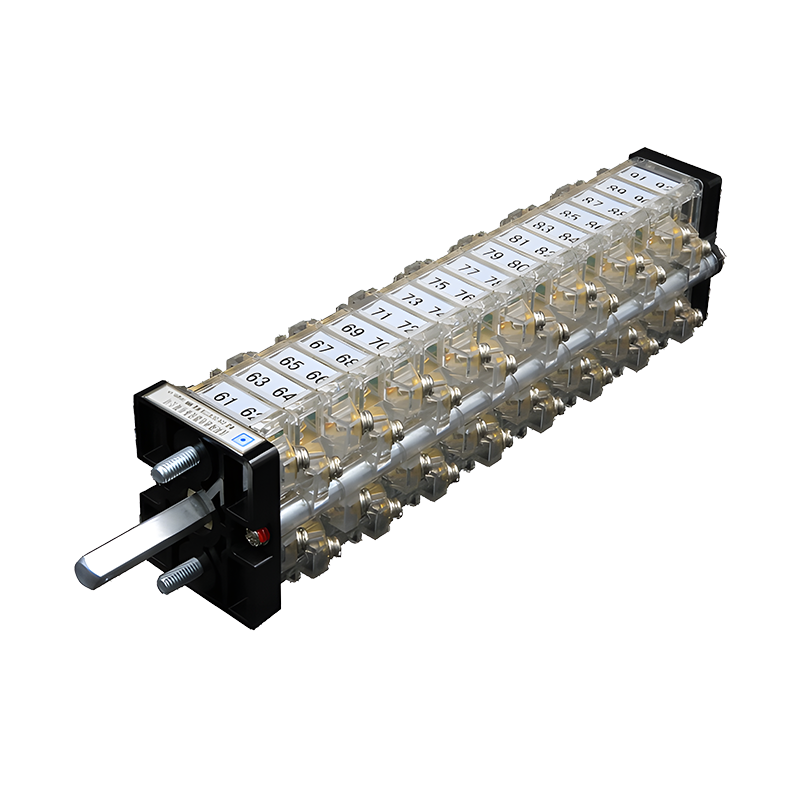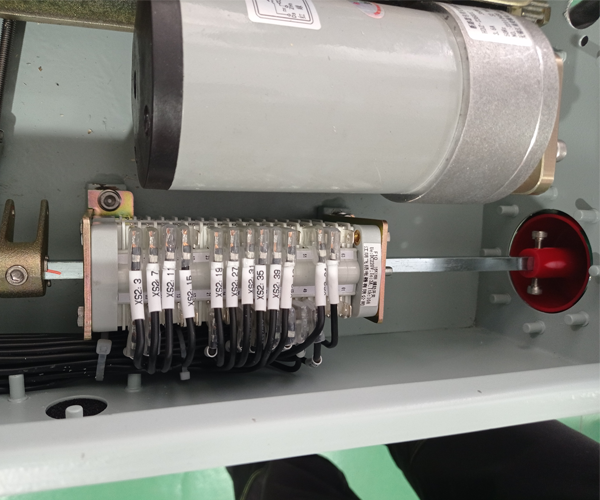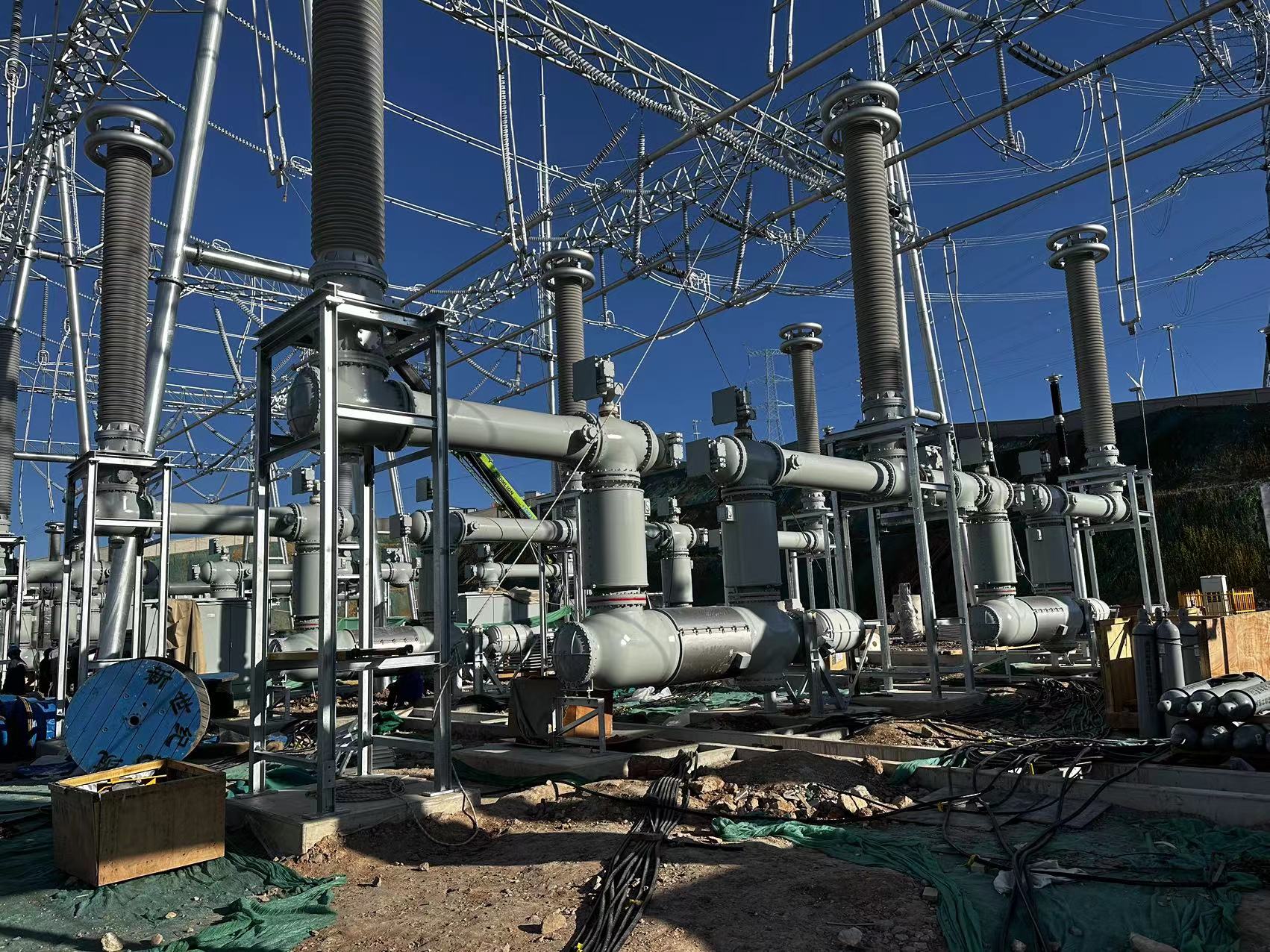

How many auxiliary switches are needed in a GIS device
Release time:2023-11-08
How many auxiliary switches are needed in a GIS device
In GIS (Geographic Information System) equipment, auxiliary switch is a very important component. They play a critical role in ensuring the proper operation and safety of the equipment. So how many auxiliary switches do you need to use in GIS equipment? Let's find out.

First of all, it needs to be made clear that GIS devices are made up of multiple switches that are used to control and protect the power system. The auxiliary switch is an accessory device connected to the main switch. They are commonly used to detect and indicate the status of switches, as well as to transmit signals and data. Therefore, the number of auxiliary switches in a GIS device depends on a number of factors.
One is the size and complexity of the equipment. The number of auxiliary switches increases with the size and complexity of the device. Large GIS devices usually require more auxiliary switches to control and monitor the status of various parts. Small GIS devices may require only a few auxiliary switches.

The second is the functional requirements of the equipment. Different GIS devices require different functions, so the number of auxiliary switches will vary. For example, some GIS devices may require auxiliary switches for measuring current, voltage, and temperature, while others may require auxiliary switches for fault detection and protection.
The third is the reliability and safety requirements of the equipment. In order to ensure the reliability and security of GIS equipment, redundant auxiliary switches are usually added to the equipment. In this way, even if one of the auxiliary switches fails, other auxiliary switches can still work normally to ensure the normal operation of the device.

In summary, in GIS equipment, the number of auxiliary switches is determined according to the size and complexity of the equipment, functional requirements, and reliability and security requirements. Different devices may require different numbers of auxiliary switches. Therefore, when designing and installing GIS equipment, it is necessary to determine the number of auxiliary switches according to actual requirements to ensure the normal operation and security of the equipment.
In GIS (Geographic Information System) equipment, auxiliary switch is a very important component. They play a critical role in ensuring the proper operation and safety of the equipment. So how many auxiliary switches do you need to use in GIS equipment? Let's find out.

First of all, it needs to be made clear that GIS devices are made up of multiple switches that are used to control and protect the power system. The auxiliary switch is an accessory device connected to the main switch. They are commonly used to detect and indicate the status of switches, as well as to transmit signals and data. Therefore, the number of auxiliary switches in a GIS device depends on a number of factors.
One is the size and complexity of the equipment. The number of auxiliary switches increases with the size and complexity of the device. Large GIS devices usually require more auxiliary switches to control and monitor the status of various parts. Small GIS devices may require only a few auxiliary switches.

The second is the functional requirements of the equipment. Different GIS devices require different functions, so the number of auxiliary switches will vary. For example, some GIS devices may require auxiliary switches for measuring current, voltage, and temperature, while others may require auxiliary switches for fault detection and protection.
The third is the reliability and safety requirements of the equipment. In order to ensure the reliability and security of GIS equipment, redundant auxiliary switches are usually added to the equipment. In this way, even if one of the auxiliary switches fails, other auxiliary switches can still work normally to ensure the normal operation of the device.

In summary, in GIS equipment, the number of auxiliary switches is determined according to the size and complexity of the equipment, functional requirements, and reliability and security requirements. Different devices may require different numbers of auxiliary switches. Therefore, when designing and installing GIS equipment, it is necessary to determine the number of auxiliary switches according to actual requirements to ensure the normal operation and security of the equipment.
